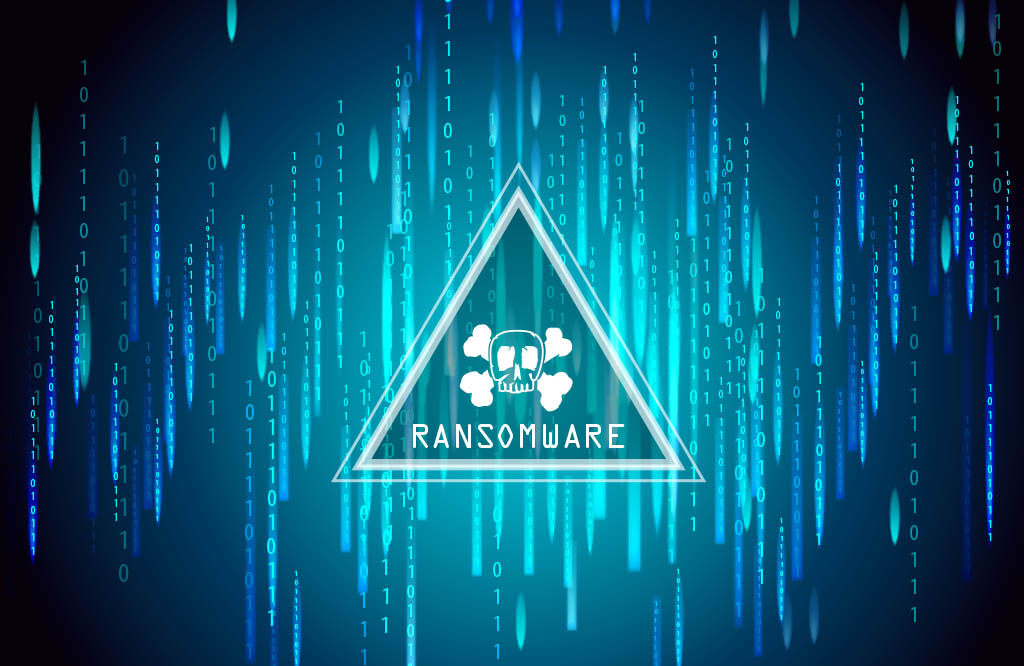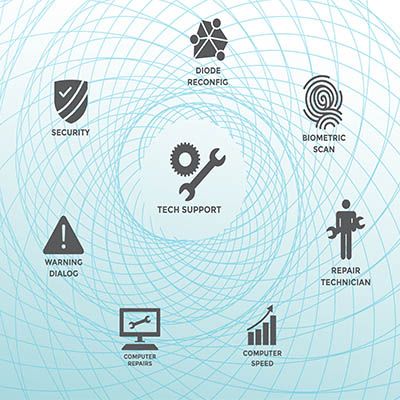Getting hit by a ransomware attack is never what you could describe as a positive experience. In fact, it is a nightmare scenario for anyone. The immediate panic, the locked files, the looming demand for payment—it’s a chaotic and stressful experience. While most people understand the basic premise of ransomware, there’s a lot more to these sophisticated attacks than meets the eye.
There are some lesser-known facts that can significantly impact how you respond and, crucially, how you recover. Let’s get into it.
Don’t Hit That Power Button
When ransomware strikes, your immediate, overwhelming urge might be to yank the power cord or slam the lid shut. You are going to want to resist that urge.
While it feels counterintuitive, restarting or shutting down an infected device can actually cause more harm than good. Some ransomware variants are programmed to detect reboot attempts and will then delete encrypted files, damage your operating system, or make recovery even harder.
Even more critically, rebooting your machine wipes its memory (RAM). This memory often holds invaluable forensic clues that cybersecurity experts can use to identify the specific strain of ransomware, how it got in, and potentially, how to decrypt your files without paying. Instead, if you must take action, consider putting the device into hibernation mode. This saves the memory state to the hard drive, and preserves those precious clues for later analysis.
A Very Organized Business
Forget the image of the hackers you have in your head. Many ransomware groups operate like highly sophisticated, albeit illicit, businesses. They have:
- Specialized teams – From initial intrusion to data exfiltration and, incredibly, negotiation.
- Customer service – It’s not uncommon for them to provide a help desk or a dedicated chat portal for victims. They will walk you through the payment process, discuss decryption, and sometimes even offer technical support.
- Professional negotiators – They employ psychological tactics, set ticking timers, and may even leverage stolen financial data to size up what you can afford.
Understanding this dynamic is crucial. You’re not just up against a hacker; you’re up against an organization that often views you as a customer in a very twisted transaction.
Paying Up Is Not a Guaranteed Ticket to Recovery
Here’s a hard truth: paying the ransom does not guarantee you’ll get your data back, or even any of it. While some ransomware groups have a reputation for providing working decryption keys after payment, others will simply take your money and vanish.
Statistics consistently show that a significant percentage of organizations that pay the ransom do not fully recover their data, and their systems may still harbor remnants of the infection. Many prominent law enforcement agencies strongly advise against paying ransoms. It may seem like the path of least resistance, but it just encourages more attacks.
You Might Have Professional Negotiators Working for You
If you’re a business with cyber insurance, or you engage with incident response firms, you might find yourself with unexpected allies: professional ransomware negotiators.
These experts are not just good at haggling; they possess deep intelligence on the cybercriminal landscape, including the tactics and reputations of various ransomware groups. They can actually help you:
- Buy time: – To allow your IT and security teams to devise alternative recovery strategies.
- Lower the demand – They’re skilled at reducing exorbitant ransom figures.
- Due diligence – They can verify if the attacking group is on a sanctions list, making it illegal to pay them.
- Gather intelligence – Learning more about the attackers and the extent of the breach.
Having a professional in your corner can make a substantial difference in the outcome of an attack.
Your Backups Are a Prime Target
You’ve heard it a thousand times; and most of the time from us: Back up your data! While that’s still the golden rule, modern ransomware has evolved. Attackers now specifically target your backups, aiming to delete or encrypt them to leave you with no other option but to pay the ransom.
This is where the concept of an air-gapped backup becomes crucial. An air-gapped backup is a copy of your data that is either physically or logically disconnected from your primary network. This could mean:
- Offline storage – Tapes, external hard drives, or other media that are physically disconnected from your network after a backup.
- Immutable storage – Cloud or on-premise solutions that prevent modification or deletion of backup copies for a set period.
Even if an attack completely compromises your live network, your air-gapped backups remain safe, providing a clean slate for recovery.
Ransomware is a complex and evolving threat. Being informed is your first line of defense. While the whole situation is real scary, understanding these aspects can help you to make smarter decisions, potentially save your data, and get you on the path to recovery.
If you would like help building your organization’s cybersecurity strategy to help you avoid these situations entirely, give our IT experts a call today at 978-798-6805.







